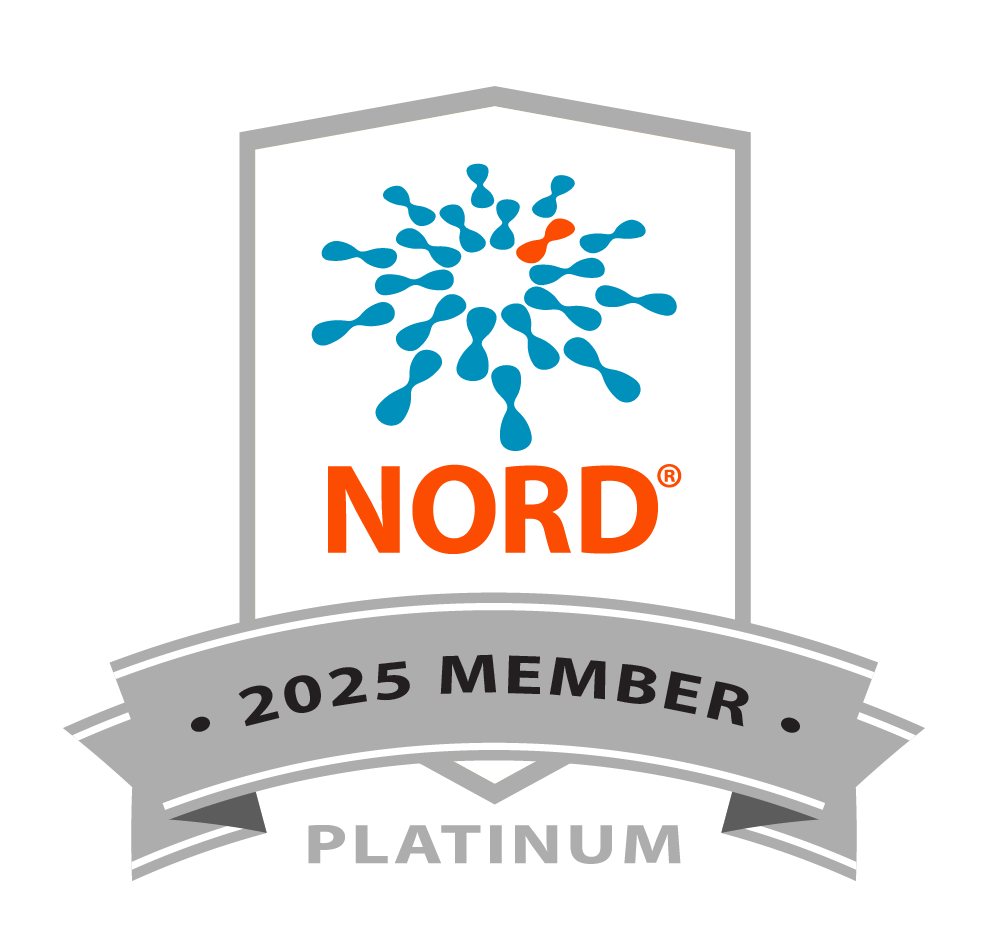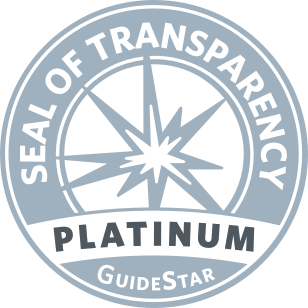
X-Linked Retinoschisis (XLRS)
X-linked retinoschisis (XLRS) is an inherited retinal disease causing vision loss due to splitting of the layers of the retina.
What is X-Linked Retinoschisis?
X-linked retinoschisis (XLRS) is an inherited disease that causes loss of central and peripheral vision due to degeneration of the retina. The retina is a thin piece of tissue lining the back of the eye. Rod and cone photoreceptors in the retina convert light into electrical signals that the brain interprets as vision. About 35,000 people in the United States and Europe have the condition.
XLRS leads to vision loss due to the splitting of retinal layers, which leads to degeneration of photoreceptors. It is caused by mutations in the RS1 gene. The RS1 protein act likes an adhesive to hold the retinal layers together.
Symptoms
As an X-linked disease, XLRS occurs primarily in males. The condition is typically diagnosed in childhood. One of the first signs of XLRS is loss of visual acuity that is not correctable. Vision loss is often progressive leading to legal blindness.
Cystic macular lesions (like blisters) in the retina are the hallmark feature of XLRS. While these lesions can increase retinal thickness thereby exacerbating vision loss, they can be treated with medications including oral or topical carbonic anhydrase inhibitors.
The most common gene associated with X-linked retinoschisis is RS1.
Inheritance
As an X-linked disease, the mutated gene, RS1, is located on the X chromosome. Females have two X chromosomes and can carry the disease gene on one of their X chromosomes. Because they have a healthy version of the gene on their other X chromosome, carrier females are less frequently affected by X-linked diseases. Males have only one X chromosome (paired with one Y chromosome) and are therefore genetically susceptible to X-linked diseases. Males with X-linked diseases pass their Y chromosome to their sons, and therefore will never pass an X-linked disease to their sons. Female carriers have a 50 percent chance (or 1 chance in 2) of passing the X-linked disease gene to their daughters, who become carriers, and a 50 percent chance of passing the gene to their sons, who are then affected by the disease.
Female carriers have a 50 percent chance (or 1 chance in 2) of passing the X-linked disease gene to their daughters, who become carriers, and a 50 percent chance of passing the gene to their sons, who are then affected by the disease.
Genetic counselors are excellent resources for discussing inheritability, family planning, genetic testing, and other related issues.
Living with the Disease
There are many services and accommodative and assistive resources available to people and families with X-linked retinoschisis. Visit the Foundation’s Low Vision Resources page to learn about many of these resources. A low vision specialist can help recommend the resources that are right for you.
More information on living with XLRS is in the Newly Diagnosed section of this Web site.
Genetic Testing
Genetic testing is available for XLRS. It helps with attaining an accurate diagnosis and assessing the risk of passing the disorder from parent to offspring. A patient with an accurate diagnosis is in a better position to understand which emerging treatment approaches and clinical trials are most appropriate for them.
Clinical Trials
View a list of current clinical trials, many made possible by Foundation support
XLRS page at www.ClinicalTrials.gov.
Resource Download
Download What You Should Know about X-Linked Retinoschisis Infographic - 11x17
Download What You Should Know about X-Linked Retinoschisis Infographic - 11x17 (PDF, 934 KB)
Next Section
Read the Most Recent Research on X-Linked Retinoschisis (XLRS)
Jump to Section
Latest News
-

Jul 9, 2025
Atsena Gets FDA Nod to Expand XLRS Gene Therapy Clinical Trial to Include Pivotal Phase 3 Cohort
Research NewsThe expanded Phase 1/2/3 shortens time to potential FDA approval.
-

May 12, 2025
ARVO 2025 Highlight: Atsena’s XLRS Gene Therapy Provides Vision and Structural Improvements in Phase 1/2 Clinical Trial
Research NewsPart B of the trial will enroll nine adult patients as well as three pediatric patients.
-

Apr 7, 2025
Atsena Receives $150 Million in New Financing to Advance XLRS and Preclinical Gene Therapy Programs
Research NewsThe company has reported encouraging results from its LCA1 and XLRS gene therapy clinical trials.
-

Jan 10, 2025
Atsena to Launch Part B of Phase 1/2 Clinical Trial for XLRS Gene Therapy
Research NewsThe Foundation is a founding investor in Atsena.
-

Mar 31, 2020
COVID-19 Resources
Foundation NewsThe Foundation Fighting Blindness is closely monitoring the COVID-19 situation and its impact on the IRD community.
-

Feb 6, 2020
ProQR Therapeutics Teams Up with the Foundation Fighting Blindness and Blueprint Genetics to Support the My Retina Tracker® Program for People Living with Inherited Retinal Diseases
Foundation NewsMy Retina Tracker Program is the highest volume IRD genetic testing program in the U.S.
-
Oct 2, 2019
Blueprint Genetics, InformedDNA and the Foundation Fighting Blindness launch an open access program for patients with inherited retinal disease in the United States
Foundation NewsThe program will offer patients with inherited retinal disease no-cost genetic testing and genetic counseling in the United States. Look for updated information on how to participate to be posted in mid-October, with program registration starting shortly thereafter.
-
Aug 16, 2019
Foundation Fighting Blindness Investing Nearly $6.5 Million in New Grants
Foundation NewsThe newly funded research efforts include several therapies that have strong potential to treat a wide range of inherited retinal diseases.
-

May 9, 2019
Foundation Fighting Blindness Endorses 'Eye Bonds' Legislation
Foundation NewsBipartisan Bill Will Stimulate Up to $1 Billion in New Funding for Blindness Research
-

Jul 19, 2018
Foundation Fighting Blindness Urges Congress to Pass ‘Eye-Bonds’ Legislation
Foundation NewsBill Introduced in U.S. House Would Speed Up Cures for Blindness
-

Jun 8, 2018
Foundation Fighting Blindness and CheckedUp® Partner to Educate Retinal-Disease Patients About Research, Resources, and Emerging Therapies During Doctor Visits
Foundation NewsThe Foundation Fighting Blindness (the Foundation) and CheckedUp have formed a collaborative partnership to deliver patient-friendly diagnostic and disease-management information to people with retinal diseases such as age-related macular degeneration, retinitis pigmentosa, and Stargardt disease during their visits to eye doctors.




